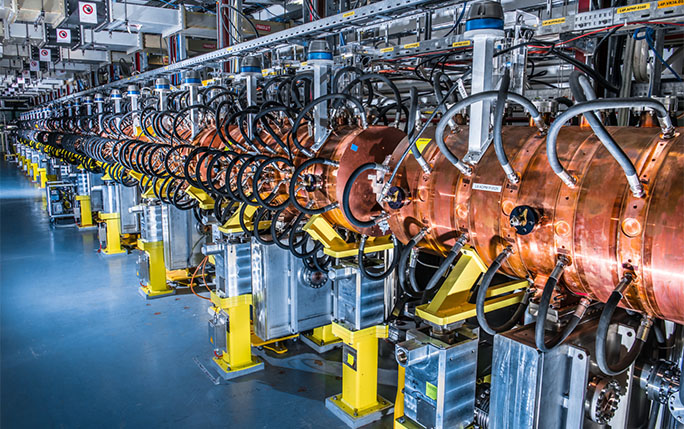Energy efficiency of Particle Accelerators

As CERN's physics programme has evolved and expanded, physicists at the laboratory have used more powerful accelerators and detectors to study the fundamental particles. The laboratory has had to innovate to keep up with electrical demands. CERN uses 1.3 terawatt hours of electricity annually. That’s enough power to fuel 300,000 homes for a year in the United Kingdom. But the energy needed changes from month to month, as the seasons shift and the experimental requirements are adjusted. At peak consumption, usually from May to mid-December, CERN uses about 200 megawatts of power, which is about a third of the amount of energy used to feed the nearby city of Geneva in Switzerland. The Large Hadron Collider (LHC) runs during this period of the year, using the power to accelerate protons to nearly the speed of light. CERN's power consumption falls to about 80 megawatts during the winter months [1].
As particle accelerators use up huge amounts of electricity, the designers of next generation machines need to be more responsible and look to reduce the amount of electricity needed. The Institution of Engineering and Technology (IET) in the UK is now organising a workshop where they will present state-of-the-art developments in the UK to reduce the power demands of modern particle accelerators, covering RF sources, magnets, lasers, electrical and thermal aspects, as well as machine concepts.
The online workshop takes place on 22 March from 13:30 until 17:10 (BST). A number of experts presenting at this event are based at the University of Liverpool/Daresbury Laboratory where a number of AVA Fellows have been conducting their research in accelerator science.